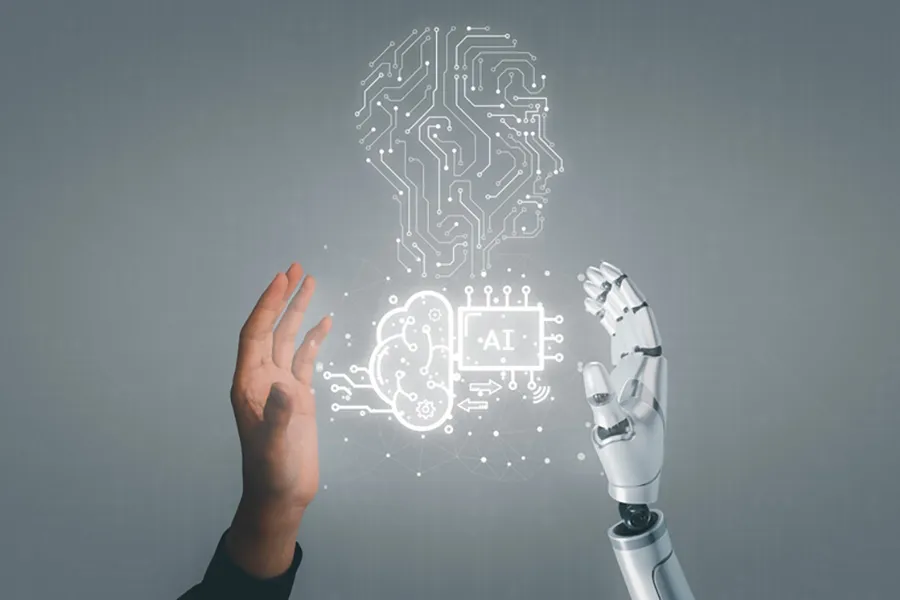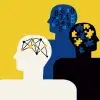Tec de Monterrey’s Vice President of Digital Transformation, Carles Abarca, said that the concept of digital transformation is constantly changing in the face of technological disruptions. He went on to say:
“A technological disruption periodically appears which updates what we understand by digital transformation. Right now, we find ourselves at a turning point because artificial intelligence has radically changed the landscape.
“What little more than 2 years ago were manual digitalization processes have now become automated processes using neural networks specially designed for that purpose,” he said.
During a talk given to NIC Mexico, Carles Abarca mentioned that the arrival of artificial intelligence has meant that digital changes are helping processes evolve, and that this represents a great technological advance.
He explained that artificial intelligence is a branch of information technology that seeks to develop algorithms, systems, and techniques to allow machines to learn and perform tasks that only humans have been able to do until now.
“Artificial intelligence has radically changed the landscape of digital transformation.”
5 Artificial Intelligence technologies
The Vice President of Digital Transformation presented 5 artificial intelligence technologies that have contributed to digital transformation.
“Artificial intelligence is a discipline that has formed part of educational programs for many years. It’s a combination of algorithms that allow data to be interpreted.
“Artificial intelligence is much more complex than the ChatGPT phenomenon. In fact, there are several different technologies that form the concept of artificial intelligence,” he commented.
He explained that artificial intelligence is impacting digital transformation and named 5 artificial intelligence technologies which are part of that transformation.
Artificial intelligence is a branch of information technology whose algorithms and systems allow machines to learn and perform tasks.
1.- Natural language processing (NLP)
Abarca mentioned that Natural Language Processing (NLP) is a branch of AI which focuses on the interaction between computers and human language, allowing machines to read, interpret, and respond to linguistic input.
“It’s a branch of Artificial Intelligence that has gone through a steep phase of development since the appearance of voice assistants like Alexa or those on smartphones.”
2.- Computer Vision
The specialist remarked that Computer Vision allows machines to interpret and make decisions based on images and videos, replicating the visual capacity of the human eye.
“It’s a field that has recently been experiencing growth through industrial applications.
“Most quality controls in production chains are based on visual recognition through artificial intelligence models,” he explained.
3.- Robotics
Robotics focuses on the design, construction, and operation of robots which can interact and perform tasks in the real world.
“It’s an important field within artificial intelligence and one in which robots are already performing actions and interacting with the world,” emphasized Carles Abarca.
4.- Machine Learning
Machine learning is a sub-field of artificial intelligence that allows machines to learn from data.
Through algorithms, machines can identify patterns and make predictions or decisions without being specifically programmed for that task.
“Machine learning is a sub-field of artificial intelligence that is of great importance in the revolution we are currently going through.
“Basically, algorithms which process large volumes of data can recognize patterns and use them to make more accurate predictions than humans can make,” Abarca said.

5.- Neural Networks
The Tec’s Digital Transformation leader explained that neural networks are computational models inspired by how neurons work in the human brain. They are fundamental for deep learning.
“This is a model which imitates human learning to train networks used in many areas. It’s related to the phenomenon of generative artificial intelligence, which is one example of neural networks enabling the development of language models such as ChatGPT, the most famous of many models.”
Carles Abarca explained that these changes in technology have led to Tec de Monterrey making some technological innovations using artificial intelligence.
“We’re about to launch an internal website called TECgpt, which is a private instance just for our staff. It’ll mean they can use a model trained on knowledge of the institution to ask questions about anything related to the Tec".
He also explained that a new bot has been created to interact with students and staff, which will clear up doubts using generative artificial intelligence.
ALSO READ:





